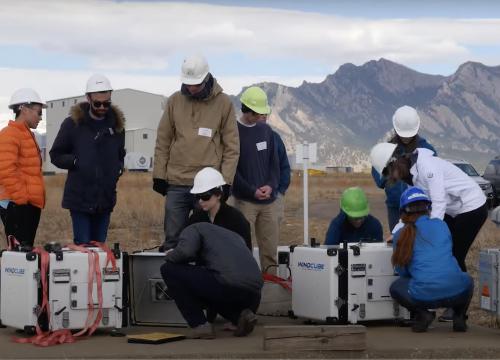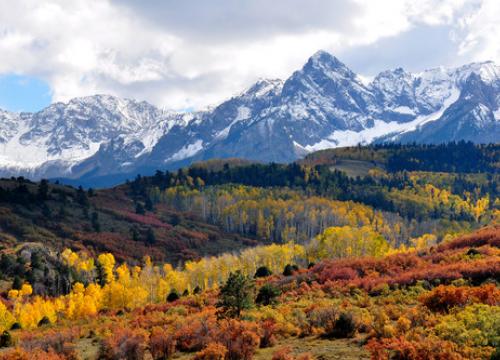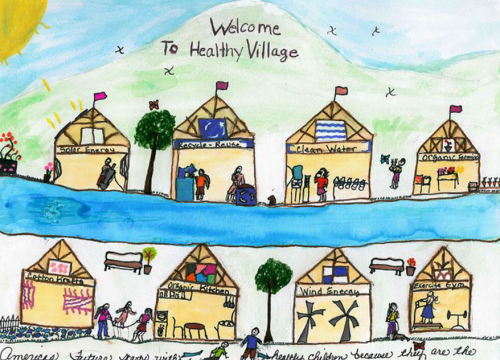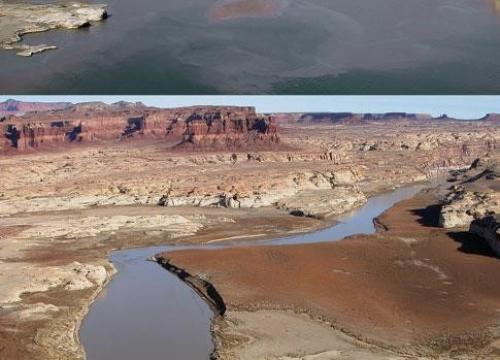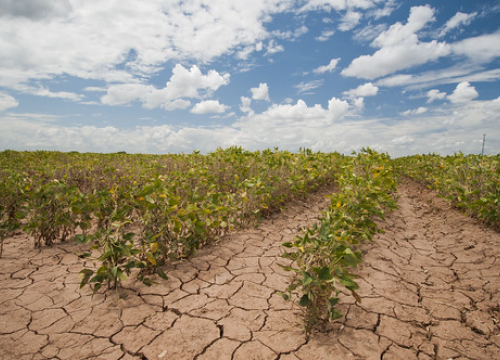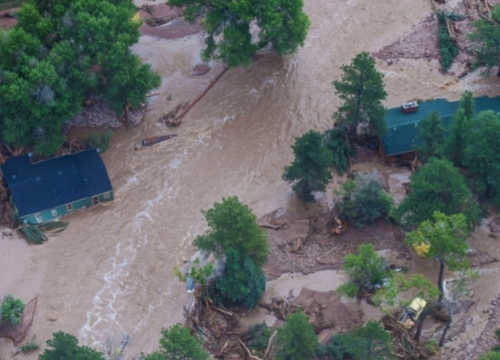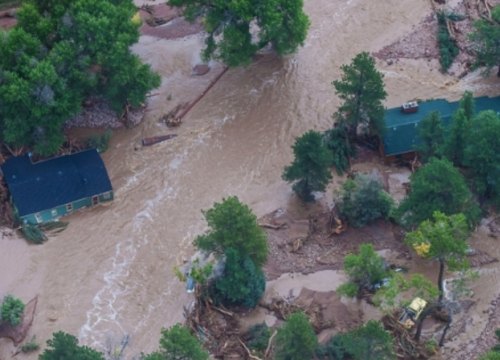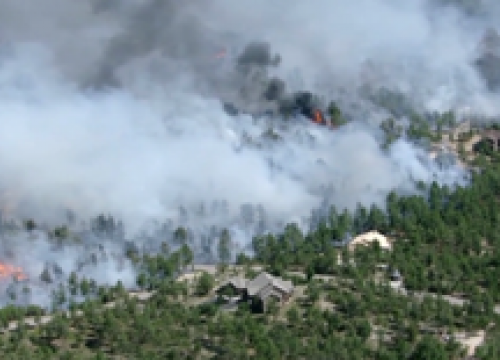Voices of Resilience: Collecting Stories of Survivors
Oral Histories are a tool that historians use to record peoples experiences and stories. We can use these stories to gain knowledge for future events, and gain a better understanding of the strengths in our own community members’ personal experiences.
Context for Use
This lesson is best used as part of the HEART Force curricular unit, as part of information gathering for students to begin thinking about a resilience action project.
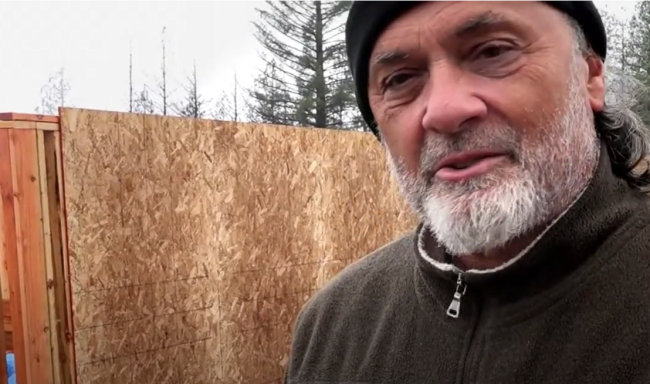
Lake County California wildfire survivor Stephen Wasik shares about rebuilding his home after losing it to the Valley Fire in 2015. Photo Credit: Museums of Lake County
Goals Header
What Students Will Do
- Using the framework of oral history, ask a community member questions about their experience with natural hazards.
- Look for patterns by analyzing and interpreting data collected from community members about their experience with natural hazards.
Materials
User note: To make an editable copy of the teaching materials in Google Drive, select File > “Make a copy”. This will make a copy for you to save to your own drive and edit as you see fit.
Description
In this lesson, students will collect oral histories from community members about their lived experiences with wildfire, flood or drought.
- Part 1 – Engage (10 minutes) Oral History Example
Watch an example of an oral history, and facilitate a think-pair-share to reflect on the video.
- Part 2 – Explore (15 minutes) Practice Interview
Students pair up and interview each other about an emotional event they experienced.
- Part 3 – Explore (25 minutes) Preparing for an Interview
As a class, students watch a video about how to conduct an oral history, and brainstorm a list of questions to ask.
- Part 4 – Explore (Homework) Conduct an Oral History Interview
Students interview a family member, friend, or expert in the community about a natural hazard they experienced.
- Part 5 – Explain (30 minutes) Class Discussion
In small groups, students share out their oral history interviews. In a class discussion, students look for patterns in how community members experienced hazards in the past.
- Part 6 – Explore (20 minutes) Looking Back to Look Forward
In a writing assignment, students use the evidence they collected in the oral histories to brainstorm ideas on how the community can be better prepared for the next hazard.


